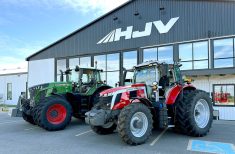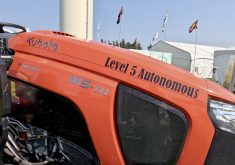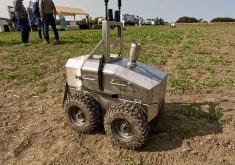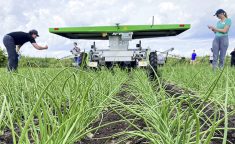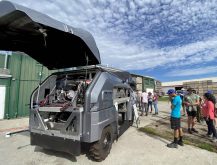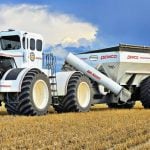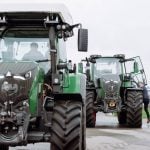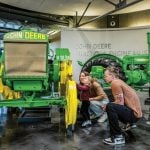Autonomous equipment is not a new pursuit for the team at Haggerty Creek Ltd.
It established an autonomous working group in 2021 and now the elevator, equipment dealer and ag-service provider hopes to push the development of autonomous field technologies further through collaborative field research.
“We started the working group so we could coordinate our efforts and not have a bunch of different people doing a bunch of the same things,” said Chuck Baresich, general manager for Haggerty Creek, during the 2021 Precision Agriculture Conference.
Read Also
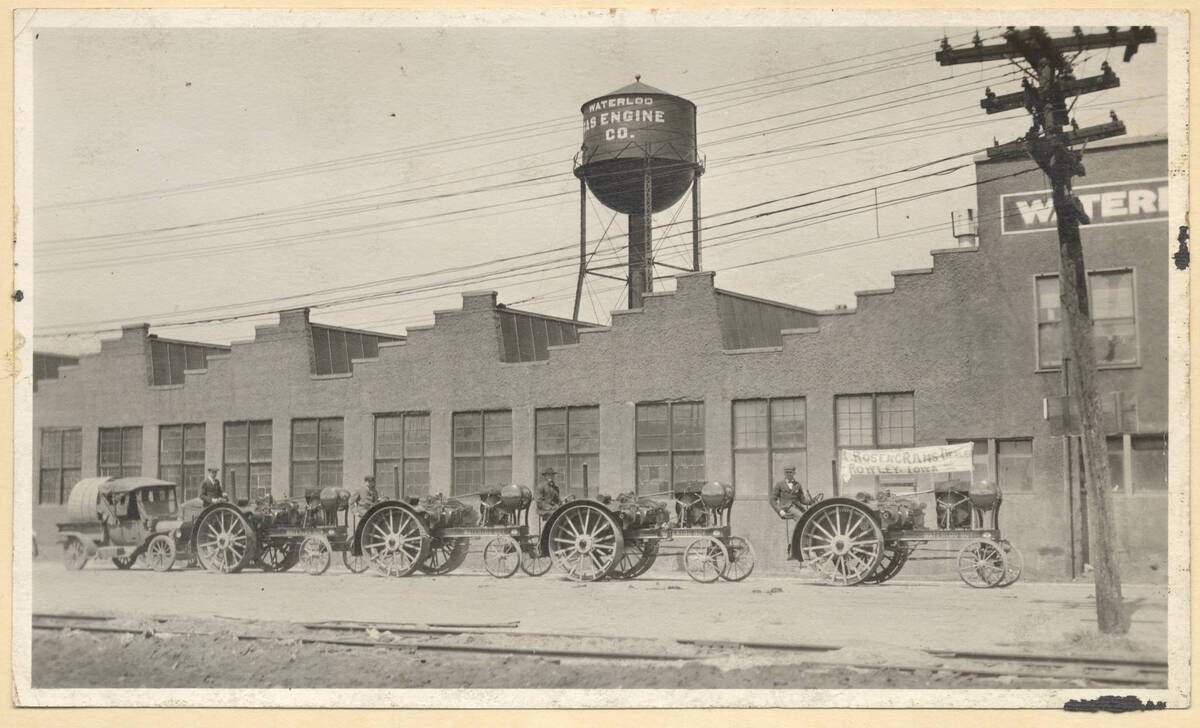
Could John Deere have imagined what his company has become today?
Let’s ask the company’s own archivist: would John Deere, the man, be surprised to learn his eponymous field plow company is now a global corporation with around US$30 billion in annual turnover?
Why it matters: A collective effort in autonomous equipment testing is designed to ensure it is practical and field-ready for use on Ontario farms.
Now comprised of researchers from the University of Guelph, the Ontario Ministry of Agriculture, Food and Rural Affairs and equipment manufacturers, Baresich says he hopes the more targeted research and extension group will find the successes and fix the flaws in autonomous equipment designs. Haggerty Creek created a new company, Haggerty AgRobotics, to more formally incorporate autonomous technologies.
Weeding robots
A priority project for 2021 was to test several weeding robots in vegetable crop plots. These included two designs from French manufacturer Naio Technologies, specifically its Oz and Dino models, as well as a GOAT platform from Nova Scotia’s Nexus Robotics.
Naio’s smaller Oz platform operates at slightly less than two kilometres per hour on an eight-hour operational charge, covering one-quarter acre each hour. Baresich and his colleagues found its slow speed to be a non-issue since it could steadily operate.
The Dino is a larger machine capable of covering 10 acres per hour. GOAT is larger and slow. Unlike the Naio products, it employs AI and robotic fingers to pluck weeds between and within crop rows.
Each machine had advantages and challenges.
The GOAT, for example, could remove weeds that wouldn’t be hit with implements attached to Oz and Dino. The small size and tire configuration of Oz, on the other hand, allowed the machine to operate in virtually all field conditions, while the adjustable width of both Naio machines adapted to rows of different width.
There were mishaps, including breakdowns. However, Baresich says each machine was easy to fix using what are often plug-and-play electric engine parts, plus support from the companies.
Multi-purpose autonomy
Raven’s OMNiPOWER platform and AutoCart systems were also tested. Baresich believes successful commercialization is near.
Multi-purpose machines of smaller stature were tested as well, including drones for spraying, as were soil scanning and light tillage via the RoamIO HC, a small multi-purpose autonomous tractor custom designed for Haggerty Creek by Korechi Innovations Inc.
Demonstrating how one machine can have multiple uses, while freeing employees to focus on other tasks, continues to drive field trials, says Baresich.
More autonomous machines are expected to arrive at Haggerty Creek in 2022 and the GOAT and Dino platforms will stay on-site for further trials. The ultimate goal is to move those considered “field-ready” into the machinery market.
“We see autonomy as a natural extension of our agronomy business,” says Baresich.
The size of the autonomous working group is also expected to increase with the participation of more private companies.




